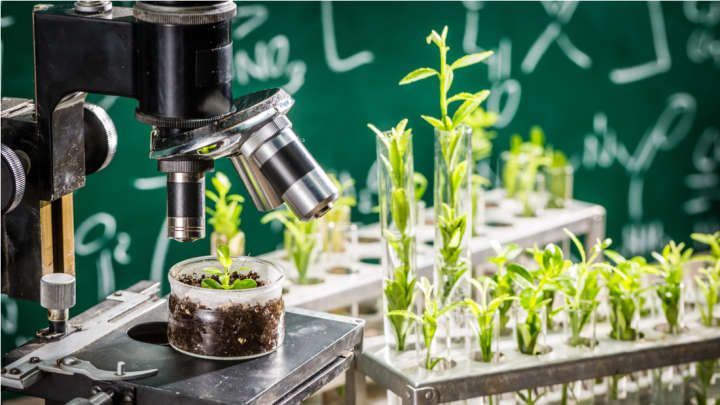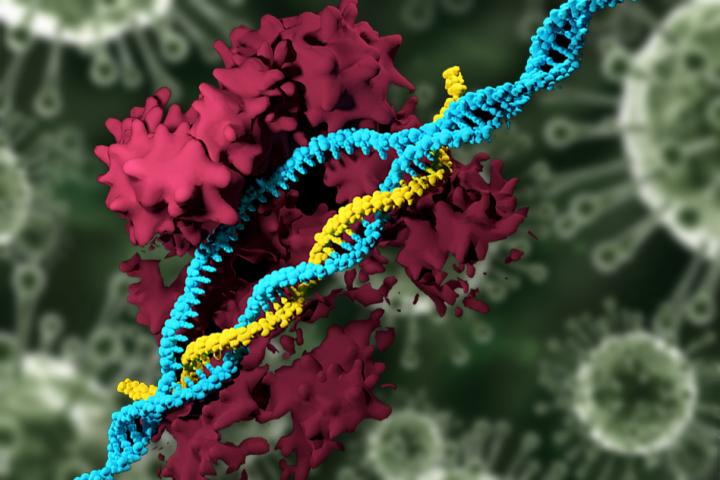Category: bioengineering – Page 197



DARPA Thinks Bioengineered Spy Plants Are “The Future Of Intelligence Gathering”
If any organization embodies our idea of the classic mad inventors, just running amock with crazy ideas, it’s DARPA jumping dog robot? Sure. Self-guiding bullets? What can go wrong? Vertical take-off plane? Well, why not? Bioengineered spy plants? Wait, what?
Yes, the Defense Advanced Research Projects Agency – DARPA – the part of the US Department of Defense responsible for developing technologies to be used by the military, is planning to bioengineer plants for intelligence gathering.
DARPA says its new program “envisions plants as discreet, self-sustaining sensors capable of reporting via remotely monitored, programmed responses to environmental stimuli.” Because that doesn’t sound terrifying at all. Somewhere between 1984’s foliage microphones and the classic “bug” in a pot plant.

Revolutionary CRISPR Gene Editing with Nanoparticles
Looking back at best of 2017)
Summary: Nanotechnology meets gene editing. MIT researchers use nanoparticles instead of viruses to deliver the CRISPR gene editing system. This article first appeared on LongevityFacts. Author: Brady Hartman]
In a new study, MIT scientists have developed nanoparticles that deliver the CRISPR gene editing system, eliminating the need to use viruses for delivery.
Using the new delivery technique, the gene editors were able to cut out genes in about 80 percent of liver cells, the best success rate ever achieved with CRISPR in adult animals. Speaking about the success of the project, Daniel Anderson, senior author of the study and an associate professor in MIT’s Department of Chemical Engineering, said.
Using electric fields to manipulate droplets on a surface could enable high-volume, low-cost biology experiments
MIT researchers have developed hardware that uses electric fields to move droplets of chemical or biological solutions around a surface, mixing them in ways that could be used to test thousands of reactions in parallel.
The researchers view their system as an alternative to the microfluidic devices now commonly used in biological research, in which biological solutions are pumped through microscopic channels connected by mechanical valves. The new approach, which moves solutions around in computationally prescribed patterns, could enable experiments to be conducted more efficiently, cost-effectively, and at larger scales.
“Traditional microfluidic systems use tubes, valves, and pumps,” says Udayan Umapathi, a researcher at the MIT Media Lab, who led the development of the new system. “What this means is that they are mechanical, and they break down all the time. I noticed this problem three years ago, when I was at a synthetic biology company where I built some of these microfluidic systems and mechanical machines that interact with them. I had to babysit these machines to make sure they didn’t explode.”
